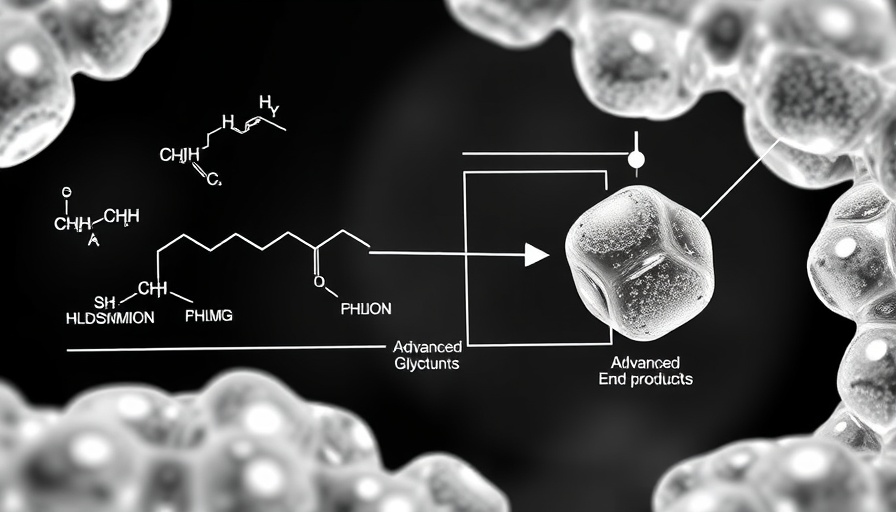
Exploring New Frontiers in Lung Cancer Treatment with RG7388
Lung cancer, specifically non-small cell lung cancer (NSCLC), is like that uninvited guest who overstays their welcome; it’s the leading cause of cancer-related deaths worldwide, and treatment options often feel like a never-ending puzzle. However, recent advances such as the use of the MDM2 inhibitor RG7388 show promise, especially for patients with TP53 mutations, providing new avenues for research and potential hope.
A Revolutionary Mechanism—Beyond the Predictions
The traditional view of cancer treatment often focused on the role of p53, famously dubbed the “guardian of the genome,” in regulating cell death. However, RG7388 shines a new light on this by demonstrating efficacy through a different route. This drug not only targets the MDM2 protein to invoke cancer cell death in NSCLC with wild-type TP53 but also uncovers a p53-independent mechanism in TP53-mutant cells. This is akin to finding a secret passageway in a maze that leads directly to the center!
ROS: The Unexpected Hero
But how does RG7388 work its magic in the absence of the beloved p53? The answer lies in reactive oxygen species (ROS) and the NOXA/caspase-3 axis. Think of ROS as the turbo boost in a racing car, turning up the heat in a race against cancer. When RG7388 is introduced, ROS levels surge. This activation not only progresses to NOXA upregulation but also signals the caspase-3 enzyme hierarchy to kick into action—essentially putting the brakes on cancer cell proliferation.
An Unexpected Road: Pyroptosis and Cancer
In a surprising twist, RG7388’s action leads to pyroptosis, a form of programmed cell death characterized by inflammatory features. This means when the cancer cells get the wake-up call from RG7388, they can explode in a blaze of glory that potentially recruits the immune system to rally against residual tumor cells. Who knew treating lung cancer could be a spectacle!
Clinical Insights and Prognostic Markers
The implications of these findings are extensive. Studies about the strong correlation between p-p38 and NOXA expression in lung cancer tissues suggest that analyzing these markers could help us identify which patients might respond best to RG7388 treatment. The use of IHC (immunohistochemical) analysis makes this an accessible and practical approach for oncologists. It’s like wearing high-tech glasses that let you see the best path to take in the fight against lung cancer!
Investigating Old Drugs for New Tricks
This study also opens the door to the idea of repurposing existing medications. Many drugs have probably been cast off like paper airplanes, yet they may have untapped potential. With RG7388’s unexpected findings, who knows what other anticancer properties could be waiting to be discovered with a little innovative research?
Taking Action: What You Can Do
For health-conscious individuals interested in optimizing their longevity and cellular health, understanding these advancements is crucial. Incorporating a healthy diet rich in antioxidants might support your body’s natural defenses against oxidative stress. Moreover, consider exploring biohacking techniques aimed at enhancing cellular repair mechanisms. Remember, each small step towards health optimization is a stride towards a longer healthspan!
Stay Informed: Keep Up with Innovative Health Research
As cancer treatments continue to evolve and biohacking concepts become increasingly tangible, it’s essential to stay informed. Knowledge equips you to make better health decisions, ensuring that you’re not just adding years to your life but life to your years. Explore credible resources, chat with health professionals, and if you’re curious about specific strategies or supplements, don’t hesitate to ask!
Take charge of your health journey today by diving deeper into cancer research and wellness strategies. The future of treatment is evolving, and staying informed will empower you to navigate it!
 Add Row
Add Row  Add
Add 




 Add Row
Add Row  Add
Add 


Write A Comment